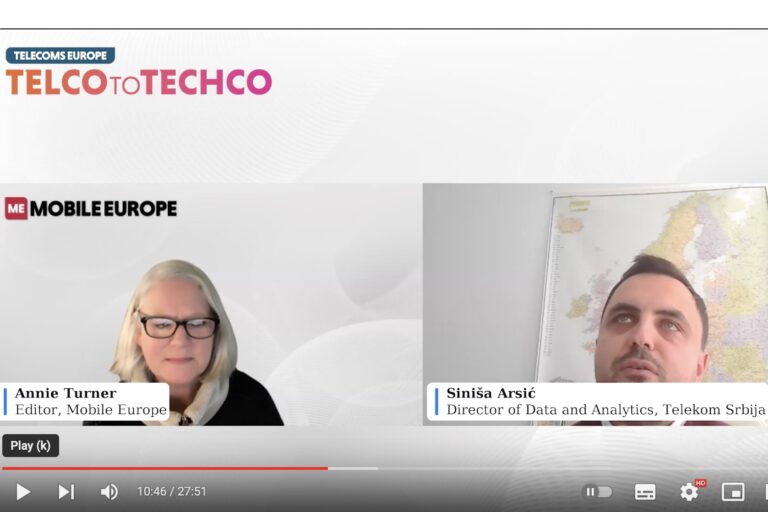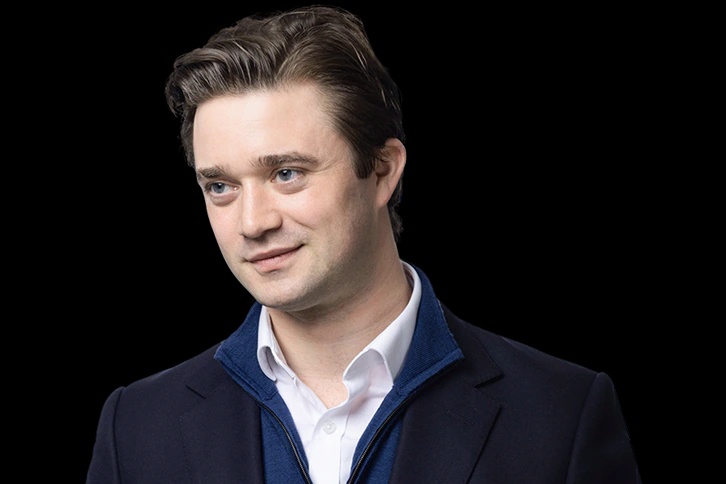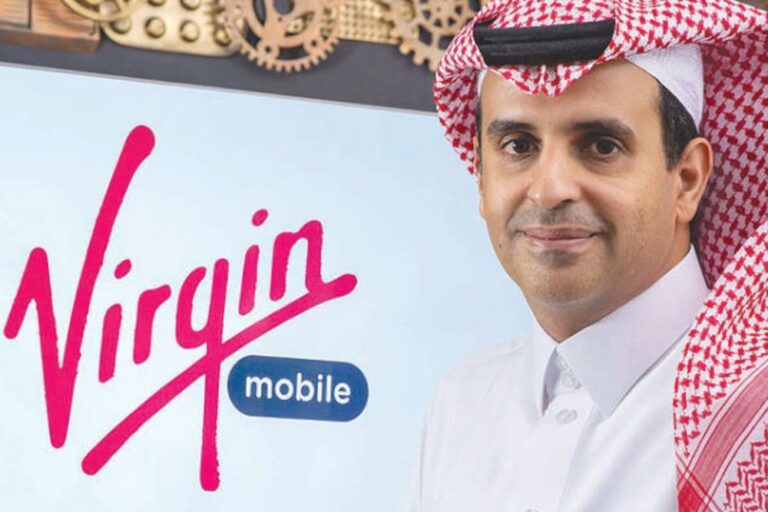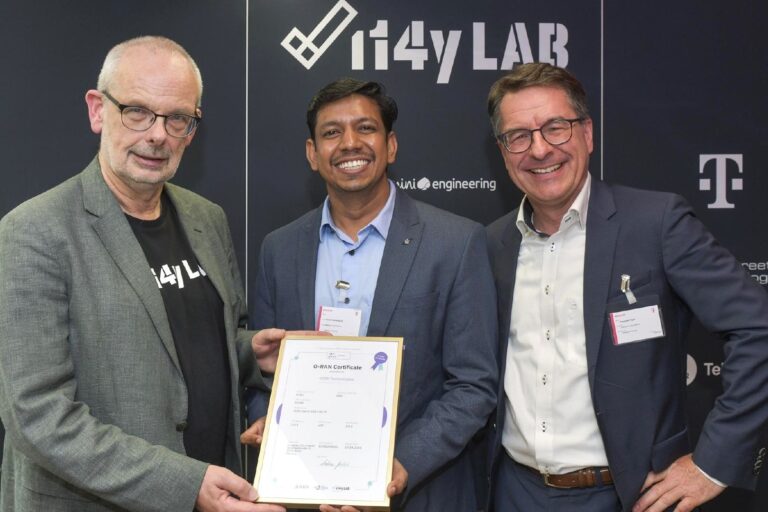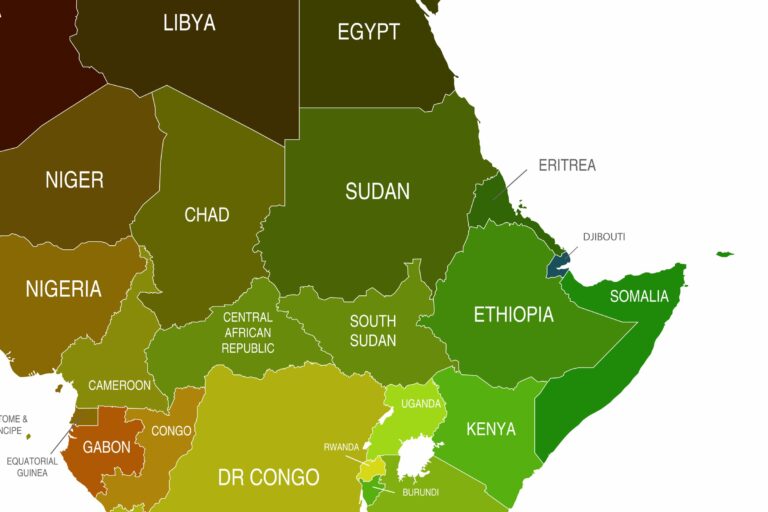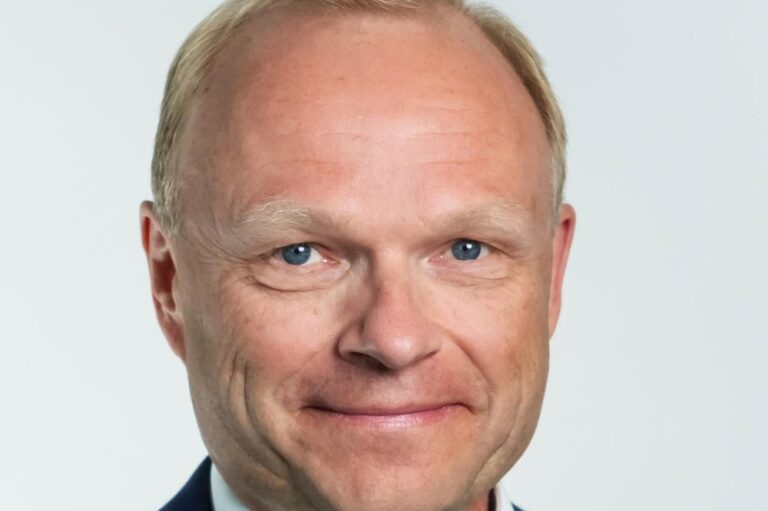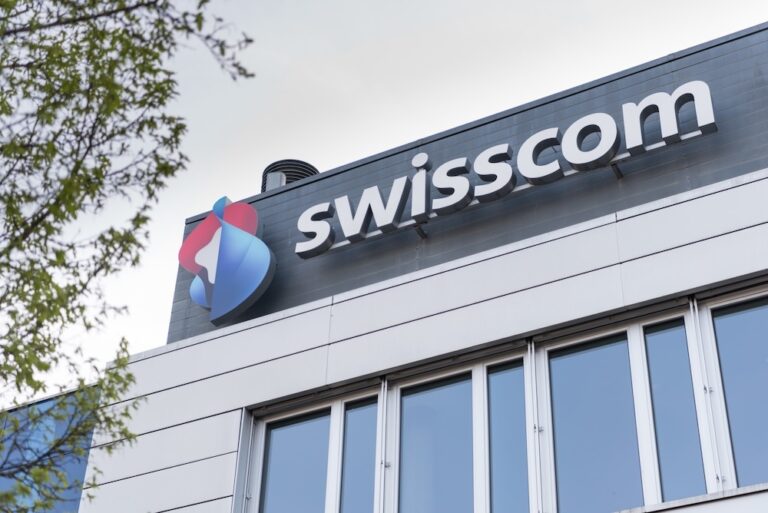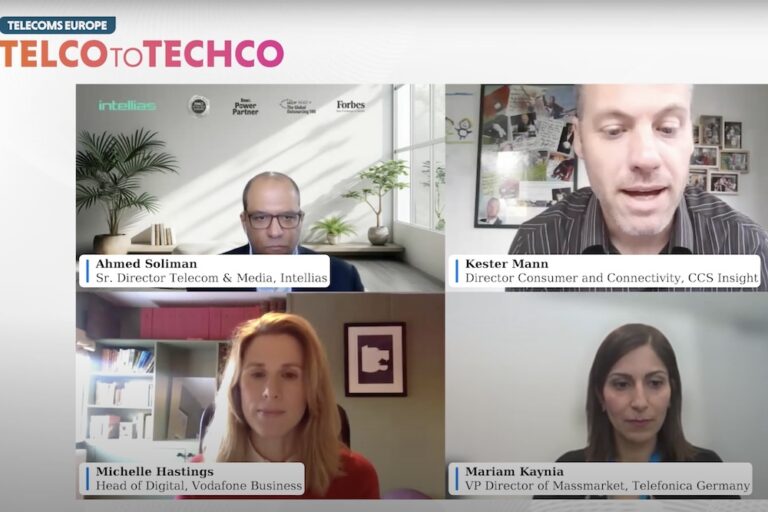Siniša Arsić from Telekom Srbija discusses his company’s challenges and progress towards becoming data driven in the era of AI with Annie Turner at our recent virtual event
Arsić is Director of Data, Analytics & Intelligent Automation of Business Processes. As he explains, although his 27-year old organisation is relatively small, it has been a trailblazer in its use of analytics to drive growth inside Serbia and beyond. It has “daughter companies” in Montenegro, Bosnia and Herzegovina and has embarked on “interesting projects” in Macedonia, Turkey and Western Europe including Austria and Germany.
Telekom Serbija offers fixed and mobile services, and has been using analytics for the last 10 to 15 years seing data “as our biggest asset”. The analytics started for “simplified analysis” such as segmentation of customers. Like so many other telcos, data in silos is a big obstacle to establishing “a single source of truth” about customers. Multiple versions of the same data cause many business problems.
Building a pyramid
Arsić explains, “We had to think about how to consolidate the technology stack.it was important to see, for instance, how many tools are being used to analyse something, to process data. It’s not just Microsoft tools or spreadsheets, it is multiple tools. In some…parts of the reorganisation they have multiple tools that perform the same kind of tasks.”
So a first step was to review the activity around data across the organsiation and to establish where to cooperate and improve to be a “top-notch operator”.
This has been the goal for the last three years. The aim is to complete the multi-project programme in 2026. Arsić says that this could be portrayed as a pyramid with the foundational layer includes internal education project such as data literacy for staff and technical competences in ethical tools for reporting segmentation, for instance.
He says this important to “so the majority of our colleagues understand we are not…aliens or some other interesting species”.
This educational part was developed and run with HR and is close to completion.
Tech consolidation, data centralisation
The second foundation of the pyramid is that the operator consolidated its technology. It now uses SAS, which has been recognised as a “visionary” by Gartner in its Magic Quadrant January 2023 as the main analytical tool. [In November, SAS was also recognised by Gartner Peer Insights as a 2023 customers’ choice for analytics and business intelligence platforms.]
The aim was to “unify everything onto one platform” and it is in the process of centralising its data to establish that all-important “single source of truth”. The first assets it centralised and unified were the IT and technical data for customer billing, invoices, traffic usage and their different kinds of behaviour.
He explains, “We are now on our journey…so that customers’ data records will be complete…[and] we do not have a fragmented view, with one view in customer care, one in sales, one in marketing”. The aim is that “All those guys can go into SAS and look into that data residing in our big data analytic environment.”
Another key part of the pyramid is data governance. Arsić notes there are few examples in “our region” but the operator is “eager to learn and fail fast. We are implementing some interesting pilots, starting with the business dictionary and the unification of our most important [governance] code books – we identified over 100 individual code books.” The plan that “the majority of them will be consolidated, aligned and standardised”.
He continues, “Our business needs are so big that we have a lot of analytical projects that are directly are part or a major part of some business process. We are in great need…we cannot have the ‘luxury’ of to keep avoiding going into a data governance framework.”
Security is another key issue that necessitates standardises processes and procedures.
Marketing compaigns, personalisation
So now the base layers of the pyramid are in place, or at least well underway, the next priority and tech enabler is “to develop a very large project [to automate] key marketing campaigns, inbound and outbound…for the first time, we unified sales, product development, customer value management and analytics,” he says.
Now all the campaigns are centralised and automated in the SAS platform and “can be put into production or scheduled for when we want them, and pushed to the [right] channels. That enables us to create an omni-channel experience for customers, because we have all the data in one place.
Shops still play be big role in customer experience. “People like to come, to renew their contract and to see what device they will buy, so our first focus was to unite all our sales channels, so all the channels have all the right information”. Part of the modernisation of the data structure, use and analytics has been to create a self-care portal and an app “primarily to reduce pressure on our contact centres”.
In the main, these channels are used by younger people, Arsić says. One of the next goals is to achieve greater levels of personalisation to encourage loyalty, and for instance to address the needs of households, not a single individual.
Driven by use cases
What has Telecom Serbija learned from its data initiatives? He notes that most structured data now can now be modelled into the standard data warehouse and can be easily analysed and validated through source systems like Siebel or SAP.
However, much of the data is unstructured, such as from social media or location data, and does not have “clear patterns”. It can be pictures, video, audio, emails and more. At the moment, this takes many manual hours of work “to come to any conclusion”.
However, he stresses that, “Right now, we are very use-case driven…[so]…we do not approach data that we don’t have a use case for or that we don’t have a clear intention to use. Unstructured data is very. very big data. For now, we cover the essential use cases only.”
Network and operational efficiency
And what about data use regarding the network? Last year Telecom Serbija used data with machine learning models to plan capacity and prevent congestion. He comments, “Our networks is very well dimensioned, but we need to prepare for 5G,” which is not yet launched in Serbia.
Arsić says the model used was “very smart” and each week forecasts which cells on the mobile network will become congested. The model also recommends the optimal upgrade for each and the cost.
His team is bulding a single dashboard that will display all this information for the network planning team, providing a near-time interactive tool created from output from machine learning engines.
This is the first level of support for the network division, but many more are in the pipeline that will leverage AI for operational efficiency. This will include improved network maintenance at different levels.
Another recent development which will be key going forward is cloud migration. The operator has started working with AWS on possible migration strategies and what it would bring in terms of business agility or operational efficiencies if we do the same things as we do now in the cloud. He concludes, “but for now, our data remains sitting on-premise”.
See more video from our Telco to tech event here
See our on-demand and upcoming in-person and virtual events here


